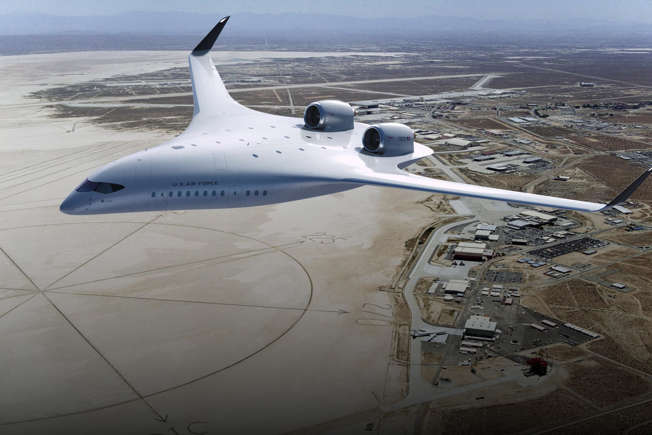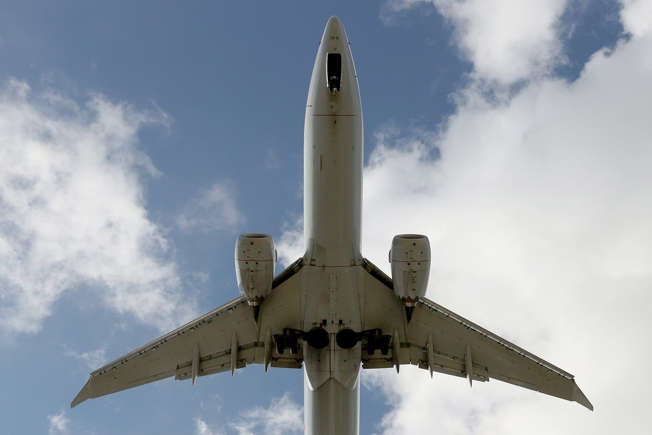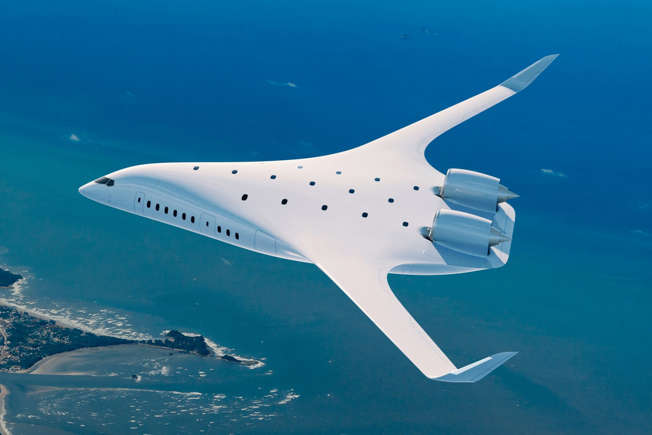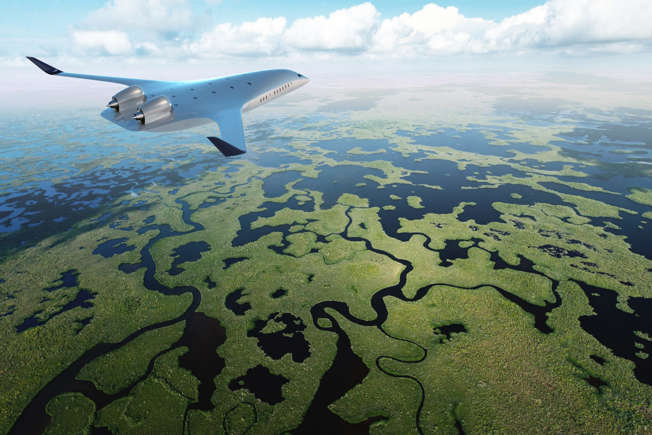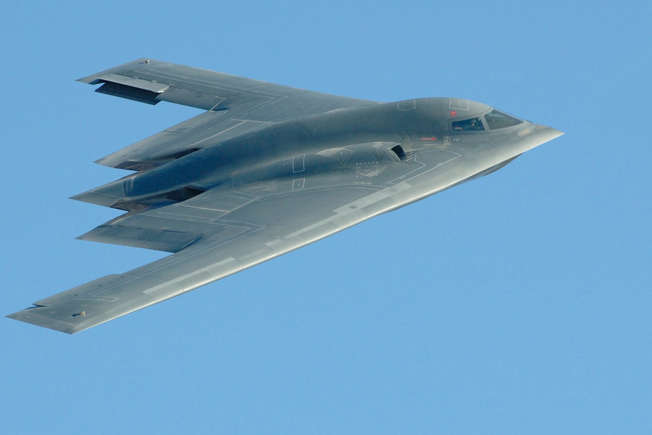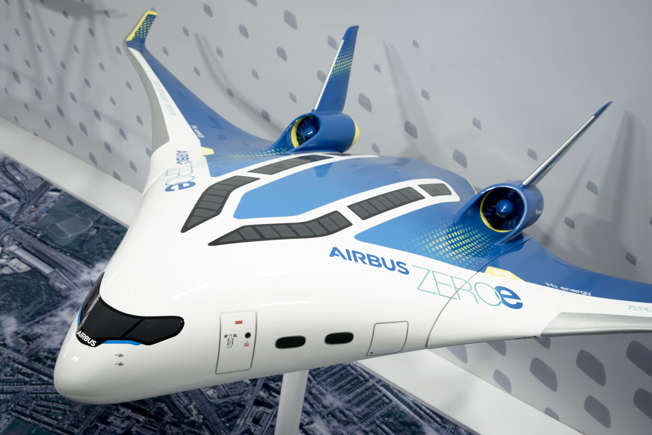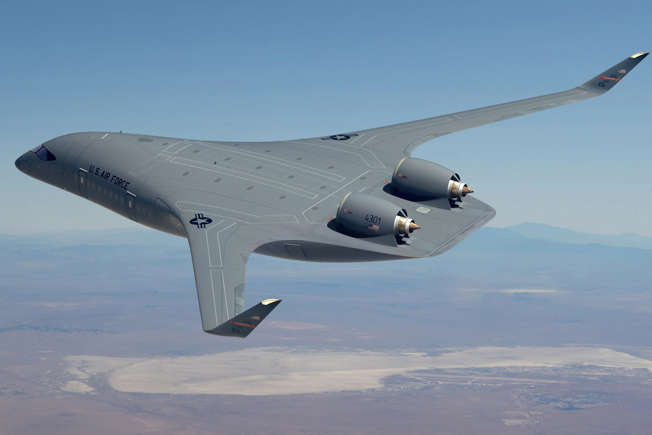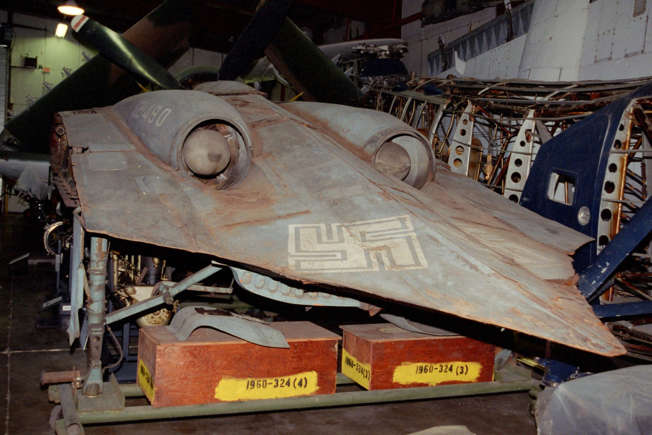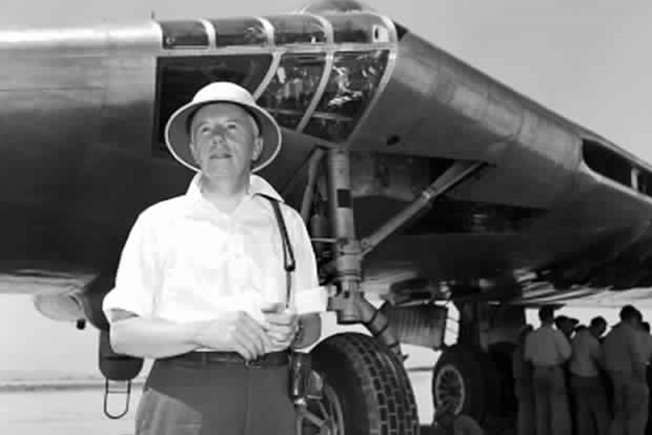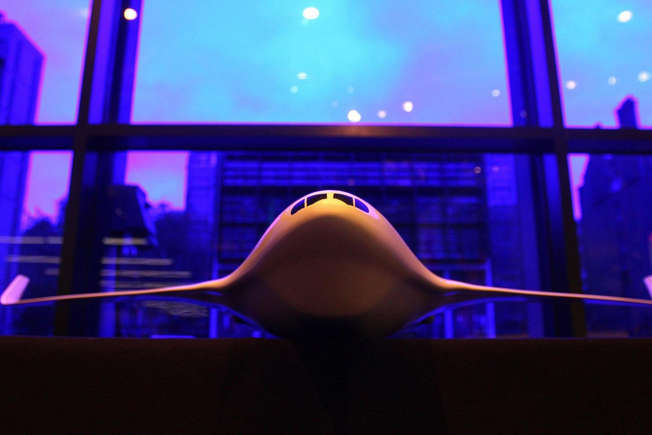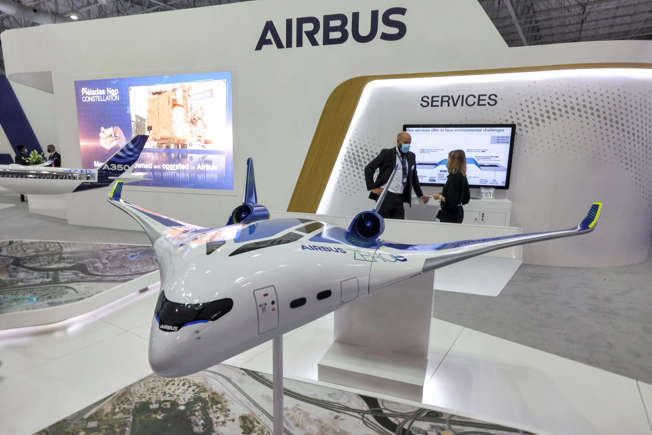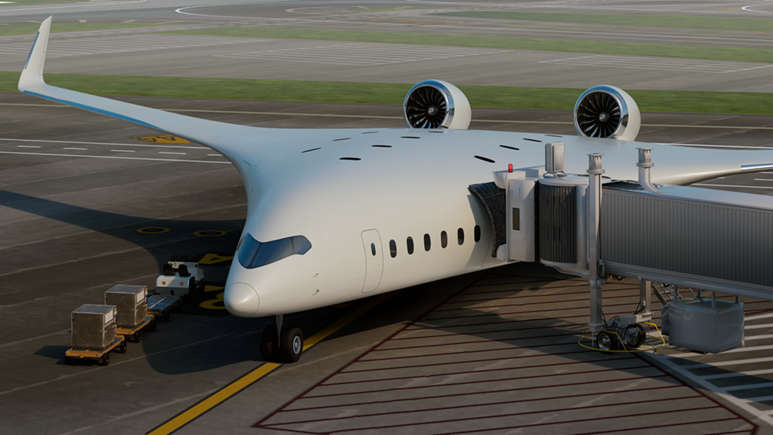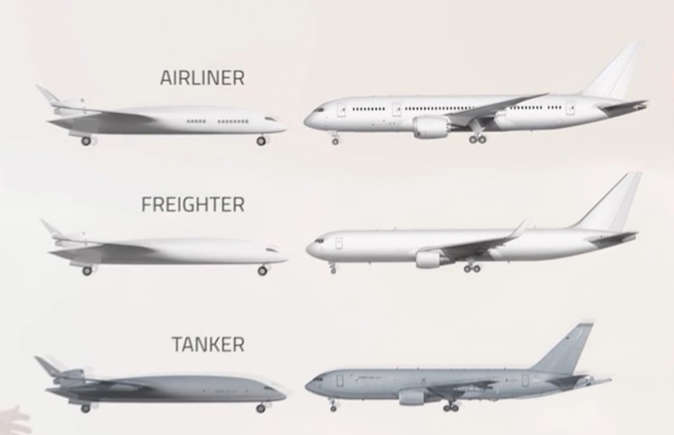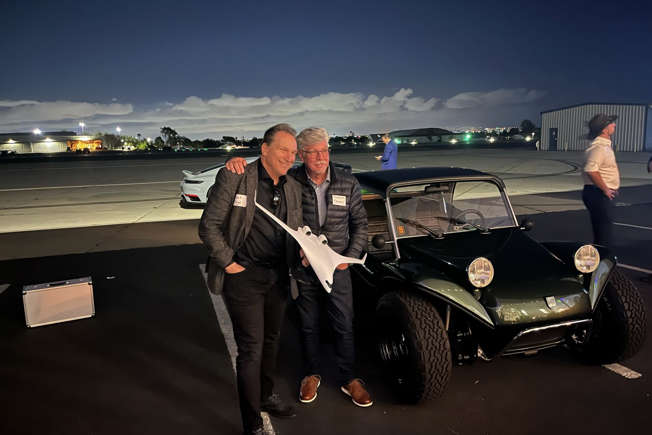As highlighted in an article on the subject by CNN, this enduring “tube and wing” configuration persists due to the industry’s prioritization of safety and its reliance on proven solutions, combined with advancements in materials and engines that have kept the traditional design relevant.
However, one company hopes to really shake things up. JetZero, a California-based company, recently announced its 1:8 scale “blended-wing body” demonstrator aircraft, the Pathfinder, has obtained an FAA Airworthiness certificate, paving the way for imminent test flights.
On JetZero’s website, the company explains its raison d’etre: “The JetZero Blended Wing is the biggest leap in commercial aircraft architecture since the dawn of the jet age and the best first step toward the ultimate goal of zero-carbon emissions aviation.”
Amid mounting pressure to reduce carbon emissions, the aviation industry faces unique challenges, given the entrenched nature of its core technologies. Yet, this issue presents an opportune moment for innovation.
The blended-wing body design resembles the “flying wing” utilized by military aircraft such as the iconic B-2 bomber (pictured), albeit with a more voluminous middle section.
Both Boeing and Airbus are exploring this concept, and JetZero’s recent milestone brings the realization of a blended-wing aircraft, targeted for as early as 2030, a step closer.
“We feel very strongly about a path to zero emissions in big jets, and the blended-wing airframe can deliver 50% lower fuel burn and emissions,” remarked Tom O’Leary, co-founder and CEO of JetZero, in an August 2023 statement to the press. “That is a staggering leap forward in comparison to what the industry is used to.”
The blended wing concept isn’t new, with its origins tracing back to the late 1920s in Germany, according to CNN. Pictured is the Horten Ho, a German aircraft with blended wing design from 1944.
American aircraft designer Jack Northrop’s jet-powered flying wing design in 1947 laid the groundwork, inspiring the B-2 bomber in the 1990s. Pictured, Northrop standing next to XB-35 circa 1948.
This hybrid design combines elements of a flying wing and a traditional fuselage, allowing the entire aircraft to generate lift and minimize drag.
NASA, which has tested the concept using its X-48 experimental plane, notes on its website that this shape enhances fuel economy and expands payload capacity.
While Airbus and others have dabbled in smaller-scale demonstrators, challenges persist, particularly regarding fuselage pressurization.
However, as highlighted on the JetZero website, advancements in composite materials offer solutions, enabling the construction of lighter yet robust structures.
JetZero aims to develop variants for passenger, cargo, and fuel tanker planes. JetZero claims that the unique design of the plane will offer a more comfortable cabin experience for passengers and crew, as the shape of the plane’s interior is more spacious.
The U.S. Air Force supports the endeavor through funding for a military demonstrator. The recently approved Pathfinder, a scaled-down version, is slated for test flights, serving as a precursor to the full-scale aircraft.


